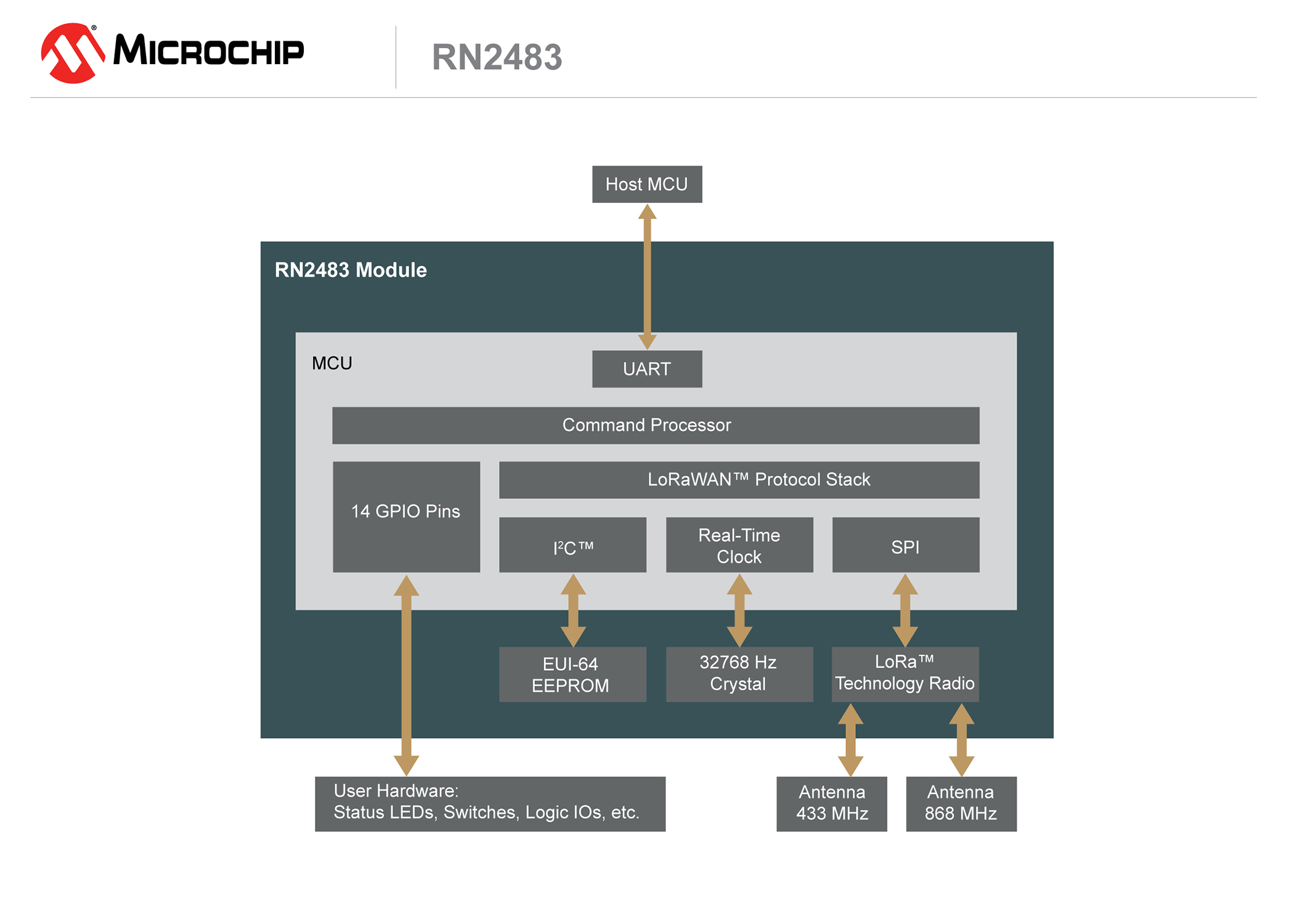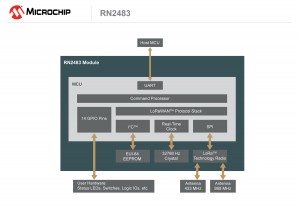1 min read
Microchip Announces Its IOT Solution For LoRa Technology Network

April 25, 2024
Copyright 2023, IT Voice Media Pvt. Ltd.
All Rights Reserved

 series of modules for the LoRa technology low-data-rate wireless networking standard. The new modules enable Internet of Things (IoT) and Machine-to-Machine (M2M) wireless communication with a range of more than 10 miles (suburban), a battery life of greater than 10 years, and the ability to connect millions of wireless sensor nodes to LoRa technology gateways.
series of modules for the LoRa technology low-data-rate wireless networking standard. The new modules enable Internet of Things (IoT) and Machine-to-Machine (M2M) wireless communication with a range of more than 10 miles (suburban), a battery life of greater than 10 years, and the ability to connect millions of wireless sensor nodes to LoRa technology gateways.